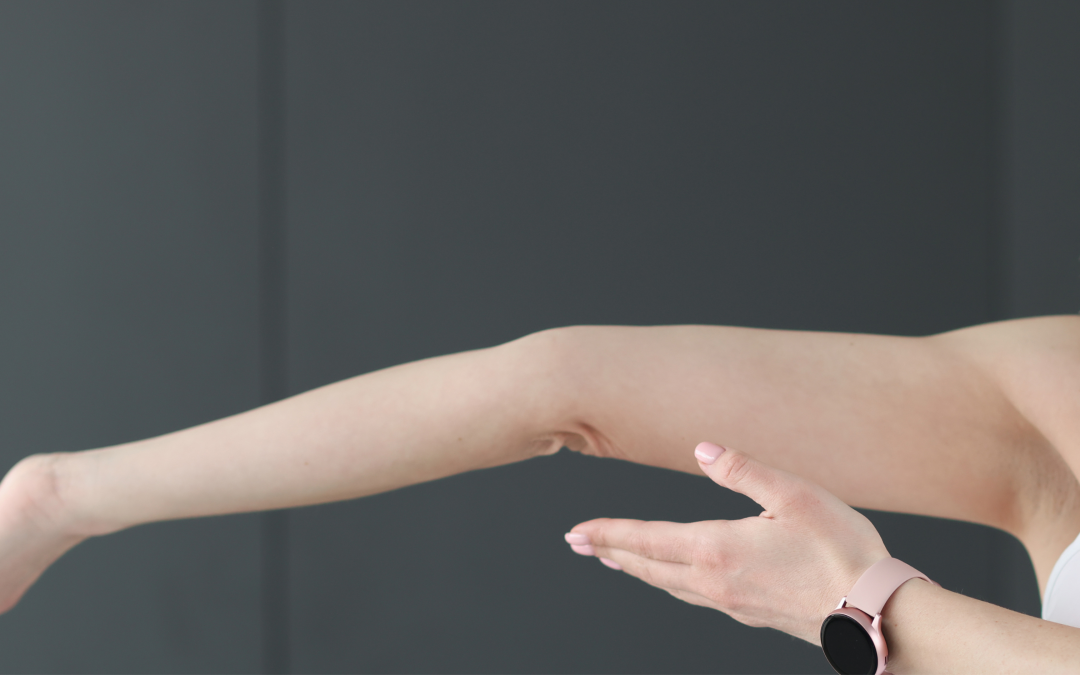Ever wondered what someone referring to themselves as or calling you ‘double jointed’ means? It can be explained by what is known as Hyper mobility.
Hyper mobility is when some or all of an individuals’ joints have an unusually large range of motion that surpasses what is considered normal for that given joint. This can occur due to a multitude of factors including hereditary connective tissue/collagen disorders or can be due to overstretching i.e. gymnasts or even the shape of your bones. It also can be linked to health issues involving the cardiovascular system, urogenital system, neurological system, musculoskeletal system and gastrointestinal system.
Some individuals will never experience any issues associated with hyper mobility syndrome, others will present with:
- Pain and stiffness
- Dizziness and fainting
- Recurrent injuries i.e. sprained joints
- Fatigue
- Constipation/IBS
- Recurrent dislocations
- Poor balance/coordination
- Thin stretchy skin
- Nausea
- Chronic pain
- Delayed motor milestones
When hyper mobility syndrome involves more than one joint and the individual is experiencing more systemic symptoms as mentioned above its likely to be due to the result of one of the following conditions Ehlers–Danlos syndrome (EDS), generalised hyper mobility spectrum disorder (G-HSD), Loeys–Dietz, Marfan syndromes and osteogenesis imperfecta. This needs to be investigated and diagnosed by a GP/Specialist.
The Beighton Score is a physical examination tool used by healthcare professionals to determine your likelihood of hypermobility. It is scored in the following order:
- one point if you can place your palms on the ground while standing with your legs straight
- one point for each elbow that bends backwards (hyperextension)
- one point for each knee that bends backwards (hyperextension)
- one point for each thumb that touches the forearm when bent backwards
- one point for each little finger that bends backwards beyond 90 degrees
If your Beighton score is four or more, it is likely that you have joint hyper mobility.
So where do we as allied health professionals assist those with hyper mobility issues?
There is currently no cure of hyper mobility syndromes but with appropriate care and management we are able to help with the musculoskeletal effects of hyper mobility. With the aim to strengthen the muscles surrounding the affected joints, develop motor control and build endurance of the tissues. This will help to guide use of the joints within ‘normal physiological range’.
Our services at rehablab.studio is great for assisting those with hyper mobility issues, either through out clinical pilates or our Physiotherapy & Osteopathic services. If you wish to find out more, click the link below to book an appointment

